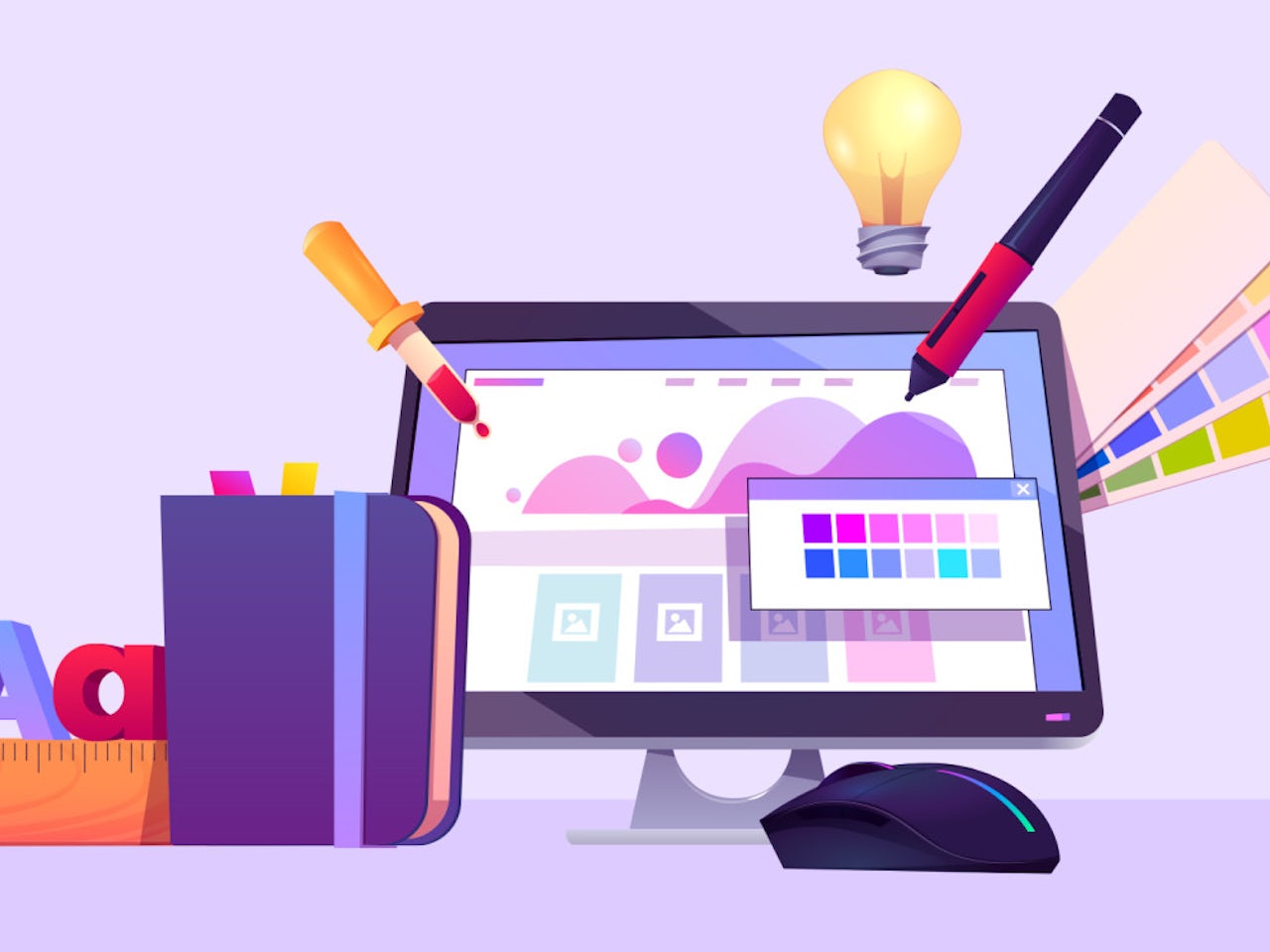Boost Conversion Fees with User-Centric Website Design Techniques
Maximize Individual Experience With Innovative Site Style Solutions
In today's electronic landscape, making best use of individual experience with ingenious internet site design services is crucial for services seeking to involve their target market effectively. By accepting user-centric design principles, companies can produce interfaces that not just meet user requirements yet also boost overall satisfaction. Key factors such as responsive formats, intuitive navigating, and efficient visual power structure play a critical function in this procedure. Nevertheless, the combination of interactive elements can additionally boost the user journey, motivating a reevaluation of traditional style methods. What techniques might arise when we take into consideration the progressing assumptions of individuals?
Understanding User-Centric Layout

To carry out user-centric design properly, it is necessary to conduct comprehensive study, consisting of user interviews, surveys, and usability screening. These study approaches offer useful information that notifies layout decisions, making sure that the end product aligns with individual assumptions. Additionally, developing customer personalities can aid designers understand and envision with the end-users, leading the design process toward a lot more pertinent remedies.
Moreover, repetitive style is a vital part of user-centric approaches. By continually screening and refining designs based upon customer responses, designers can identify discomfort factors and areas of renovation, leading to an extra refined final item. Inevitably, user-centric layout is not simply a phase in the advancement process yet a continuous dedication to prioritizing individual demands, causing more reliable and engaging electronic experiences.
Relevance of Responsive Layouts
As electronic communications progressively occur across a selection of devices, the relevance of responsive layouts can not be overstated. A receptive format makes certain that a site adapts effortlessly to various display sizes, from desktop monitors to smartphones. This versatility is crucial in today's multi-device landscape, where users anticipate a appealing and constant experience no matter of how they access content.
The main advantage of responsive style is boosted individual satisfaction. When a site is enhanced for all gadgets, it decreases the need for zooming, scrolling, or horizontal navigation, which can lead and frustrate customers to greater bounce prices. Furthermore, search engines like Google prioritize mobile-friendly web sites in their ranking algorithms, making responsive formats important for effective search engine optimization strategies.
Moreover, responsive formats promote much easier maintenance and updates. Instead of taking care of separate variations of a site for various tools, a single, fluid style can be changed, conserving time and resources. This alternative approach not just improves performance however additionally fosters brand name comprehensibility throughout systems. Eventually, purchasing responsive designs is not just a fad; it is an essential concept of modern-day web design that significantly boosts user experience and engagement.
Enhancing Navigating and Accessibility
Effective navigation and availability are pivotal components of a properly designed website, dramatically affecting individual engagement and contentment. A straightforward navigating structure permits site visitors to find info promptly and with ease, minimizing aggravation and raising the possibility of repeat check outs. Carrying out clear, detailed tags for navigating web links, together with a rational hierarchy, can guide users perfectly via the internet site.
Ease of access is similarly important, guaranteeing that all customers, despite their handicaps or capacities, can engage with the site successfully. This can be achieved with using suitable color contrasts, message dimensions, and alt text for photos, which with each other boost the experience for aesthetically impaired customers. Furthermore, including keyboard navigation and screen reader compatibility increases accessibility for users with varied needs.
Normal usability screening can provide useful understandings right into navigating performance and accessibility problems. By collecting feedback from actual customers, developers can recognize pain points and make enlightened modifications. Ultimately, prioritizing navigation and ease of access not only fosters inclusivity however also cultivates a positive user experience, reinforcing the brand name's dedication to high quality and user care in a significantly digital landscape.
Utilizing Aesthetic Pecking Order Efficiently
Aesthetic hierarchy works as an assisting framework in site design, directing customers' interest to one of the most crucial elements on a page. By strategically organizing visual parts such as typography, spacing, and color, designers can develop a clear pathway for users to comply with. This structure not only improves customer experience yet also improves material comprehension.
One efficient means to establish visual power structure is with using size and range. Larger aspects normally attract more attention, making headings and vital visuals famous. Matching this approach with contrasting shades can further set apart main web content from additional details, guaranteeing that essential info attracts attention.
In addition, the arrangement of aspects plays a critical duty in guiding user communication. Employing a grid click format can produce a cohesive circulation, while whitespace aids to separate material and reduce cognitive tons - Website Design. This deliberate spacing enables users to process information a lot more quickly, leading to enhanced interaction
Finally, making use of consistent layout patterns aids reinforce aesthetic power structure, supplying users with familiar signs as they browse the website. By prioritizing these concepts, developers can efficiently take full advantage of customer experience, ensuring that visitors can effortlessly find the info they look for.
Incorporating Interactive Elements
The incorporation of interactive aspects right into web site design can significantly improve individual interaction and overall experience. Interactive features such as surveys, sliders, and tests not only astound individuals but also home promote active engagement, making the surfing experience a lot more memorable. By motivating customers to engage, websites can efficiently maintain attention and minimize bounce rates.
In addition, incorporating dynamic material like computer animations and hover impacts includes an enticing layer of interactivity. These aspects can assist customers intuitively with the site, highlighting important information and phones call to action. For circumstances, computer animated buttons can attract interest and improve click-through prices.
In addition, personalization through interactive tools such as chatbots or recommendation engines enables internet sites to accommodate private preferences, fostering a sense of link. This customized strategy not just improves individual fulfillment yet also urges repeat visits.
Including analytics tools to track interactions supplies useful insights into individual behavior, making it index possible for constant enhancement of the interactive elements. Eventually, a properly designed interactive experience transforms an easy browsing session right into an interesting journey, causing increased user contentment and commitment. Integrating interactive components is necessary for optimizing user experience in contemporary web site layout.
Verdict

In today's electronic landscape, optimizing user experience through cutting-edge internet site style options is critical for companies seeking to involve their target market efficiently. Eventually, prioritizing navigating and availability not just fosters inclusivity yet also grows a favorable user experience, reinforcing the brand's commitment to quality and customer treatment in a significantly digital landscape.

In verdict, maximizing customer experience via cutting-edge site style services requires a commitment to user-centric principles. Website Design.